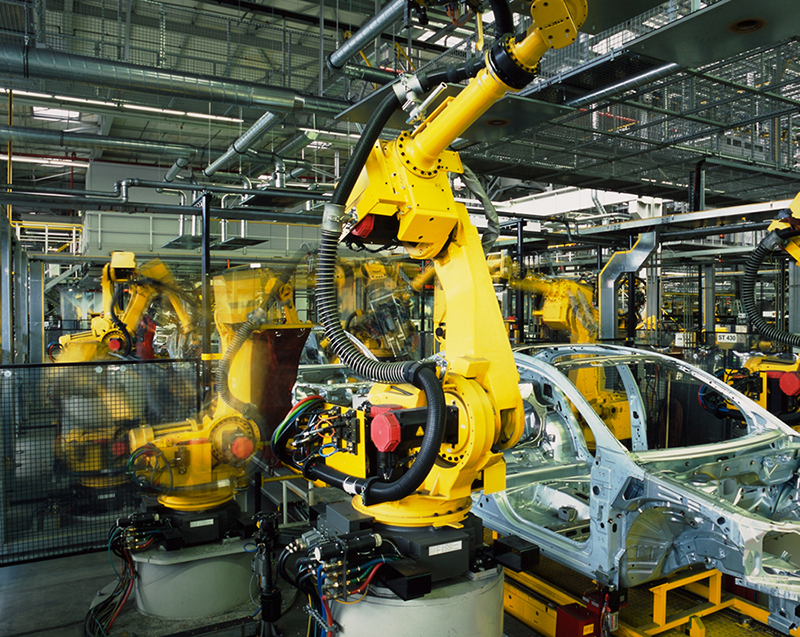 Machine vision is deployed in a wide variety of settings across many different industrial and consumer applications. But wherever it is used, it typically brings about efficiency, innovation and pushes the boundaries of what’s possible in automation.
Machine vision is deployed in a wide variety of settings across many different industrial and consumer applications. But wherever it is used, it typically brings about efficiency, innovation and pushes the boundaries of what’s possible in automation.
Machine vision in the automotive industry is no different, serving as a driving force of automation and bringing with it process innovation and efficiency.
The Evolving Role of Machine Vision in the Automotive Industry
The automotive industry was one of the earliest adopters of machine vision technology for automation. For a long time, automotive manufacturing has been known for its innovative processes, and they continue to be on the forefront of automated applications.
As the need for manufacturing speed, volume and efficiency increase, factors such as manufacturing safety and quality are seemingly obstacles to the forward progress of automotive process improvement.
Obviously, safety and quality cannot be sacrificed for the sake of efficiency, but they must find equal improvements for the overall process to become more profitable. This is where machine vision has played such an important role in the automotive industry, and may be best highlighted by current applications in the industry.
Machine Vision Applications in the Automotive Industry Today
Robotic vision is an important application of machine vision in today's automotive industry, particularly for pick and place, as well as material handling applications. Giving robots vision makes them more flexible, allowing them to perform the tasks of multiple "blind" robots, ultimately increasing efficiency.
Machine vision is relied on heavily in inspection applications too. Machine vision systems can perform part inspections much faster and more accurately than human inspectors, and can inspect parts around the clock. This has not only increased efficiency, but it has increased product quality as well.
A third machine vision application is in 3D vision for robotic workcells, especially for dangerous tasks like welding. The vision is designed for safer human interaction with robots. The cameras detect if a human is on a collision course with a robot’s workspace and can shut down operations accordingly. This significantly increases the safety of production without limiting efficiency.
Machine vision is used in a variety of ways in the automotive industry, but the applications mentioned above highlight how safety, quality and efficiency have in equal parts been the focus of machine vision applications, allowing automotive manufacturers to continue the innovation they’re known for.
To learn more about machine vision in the automotive industry, visit our resource page dedicated to machine vision innovation in automotive manufacturing.
